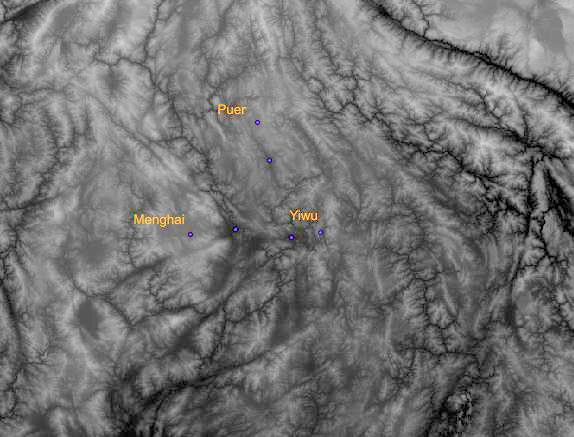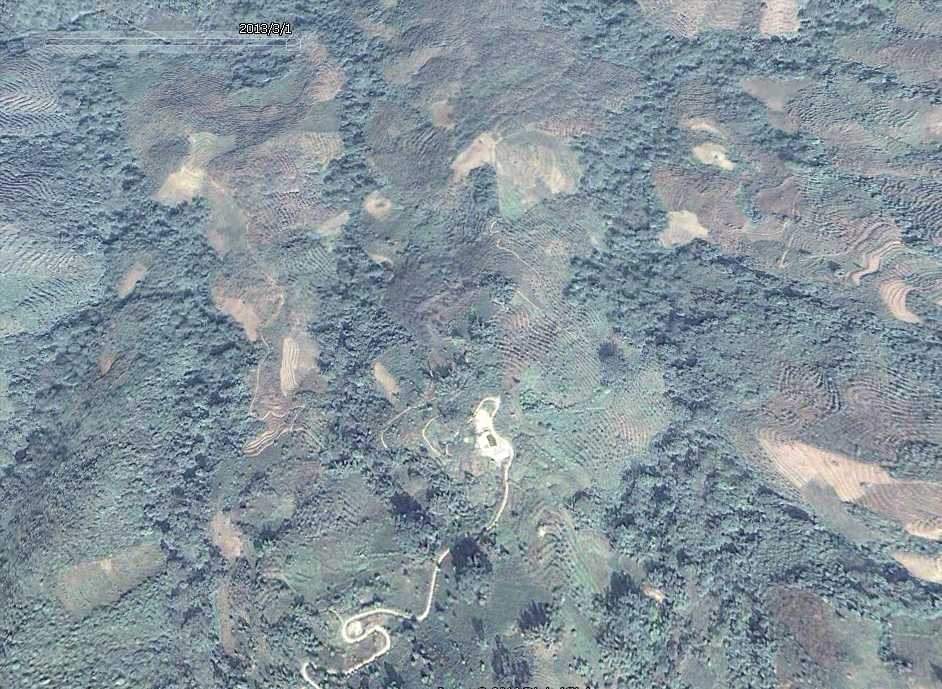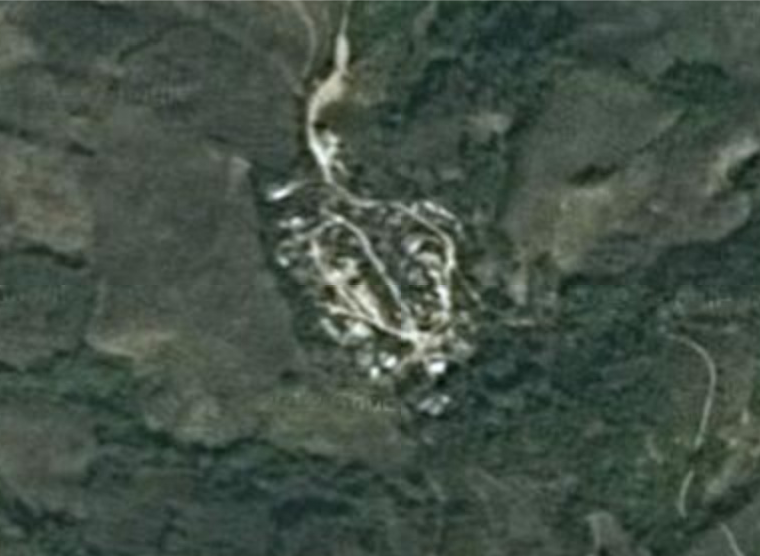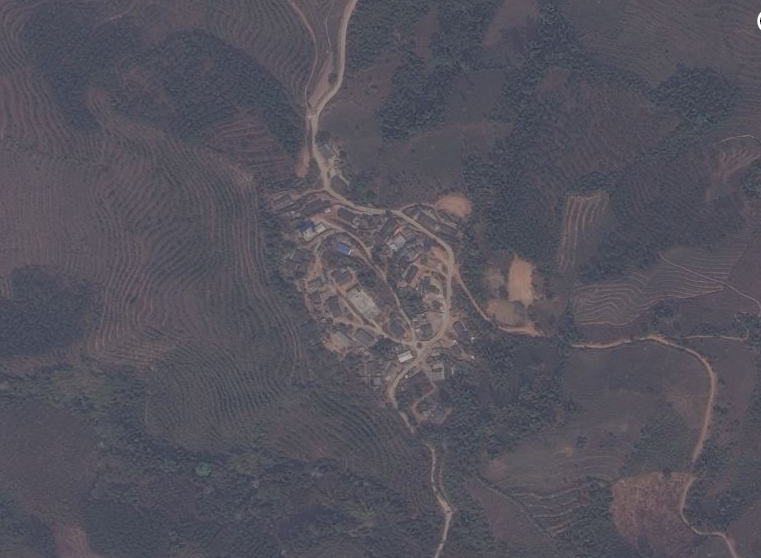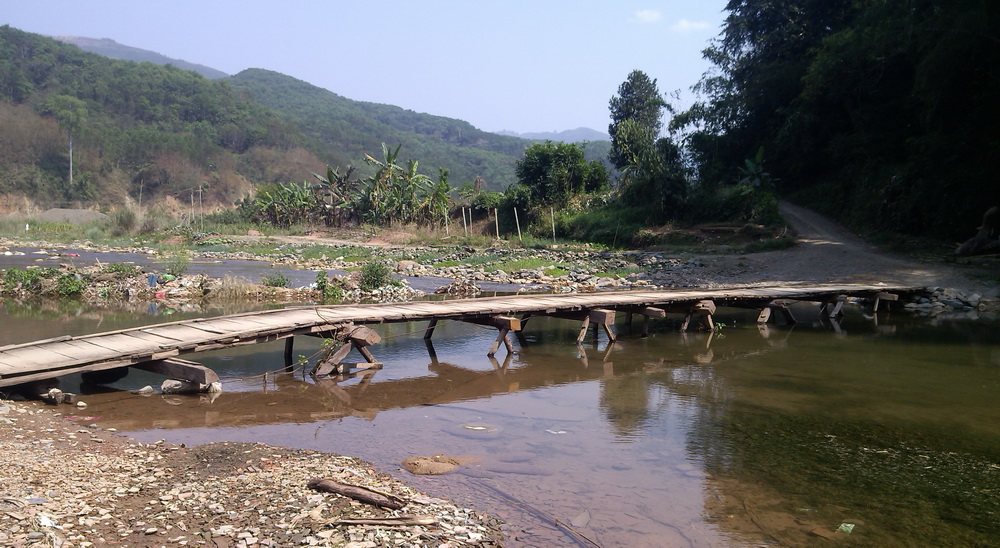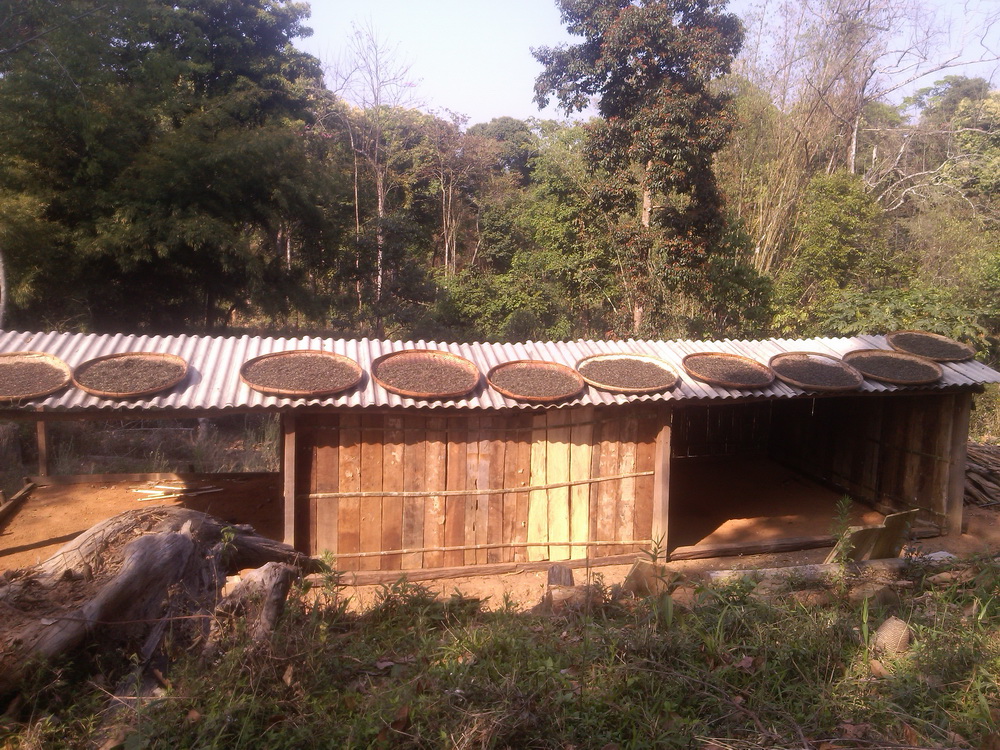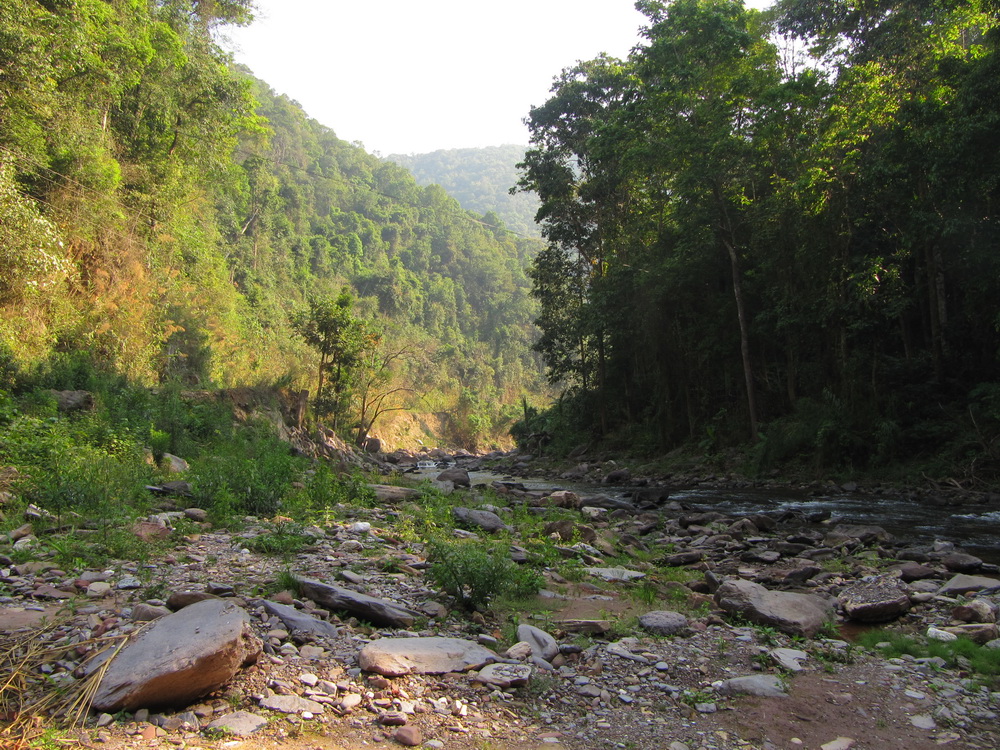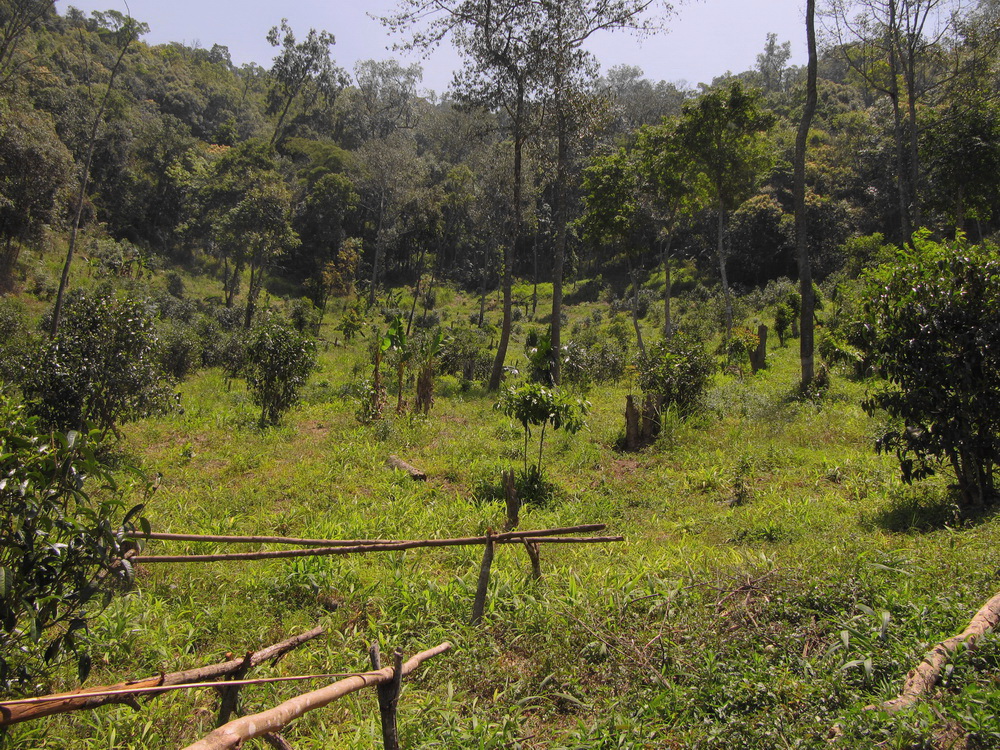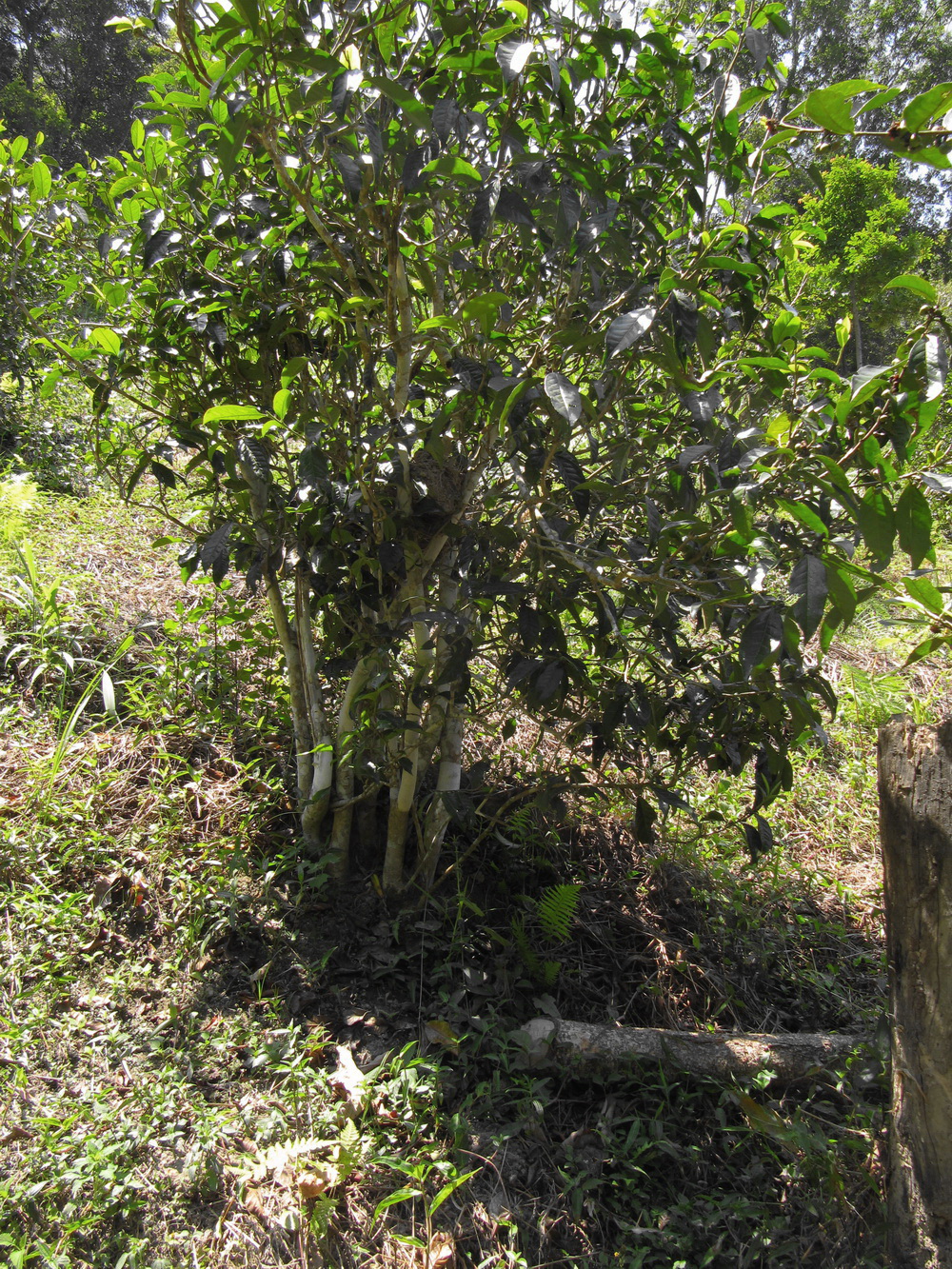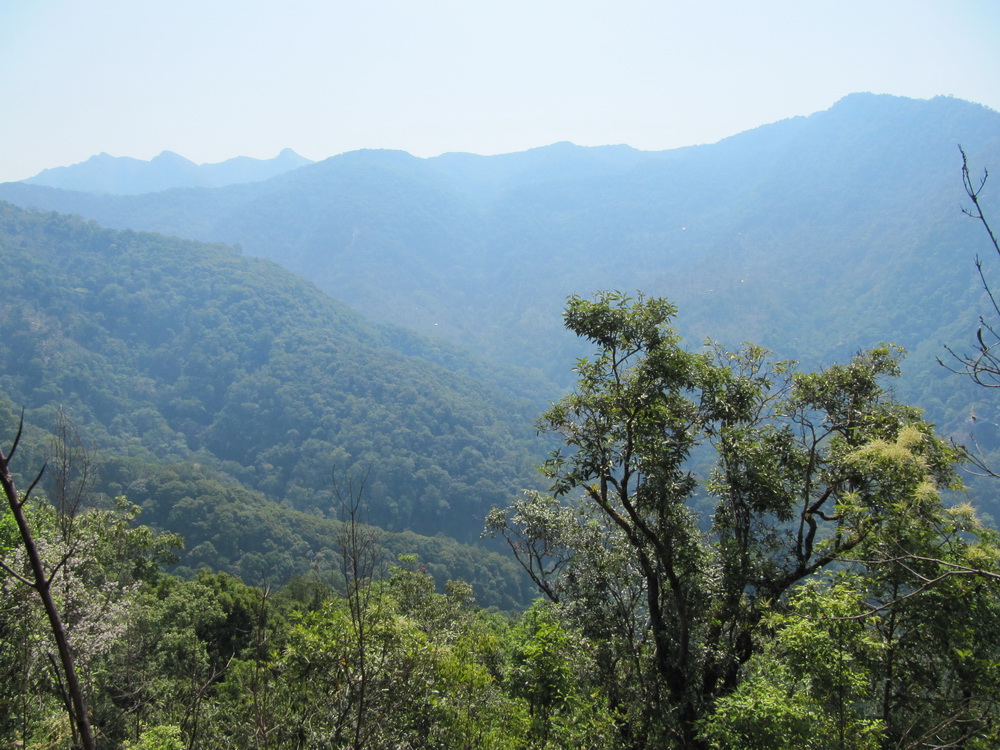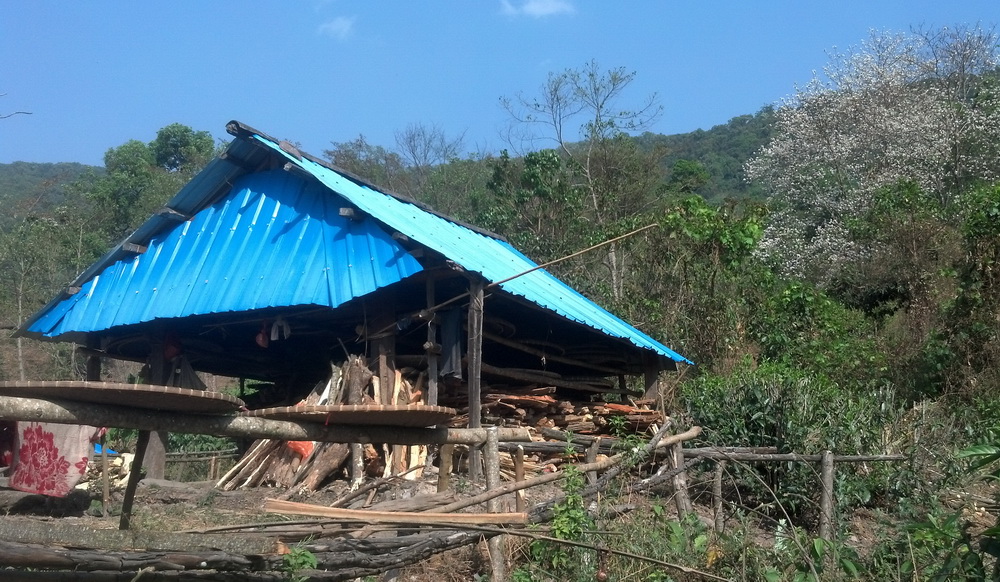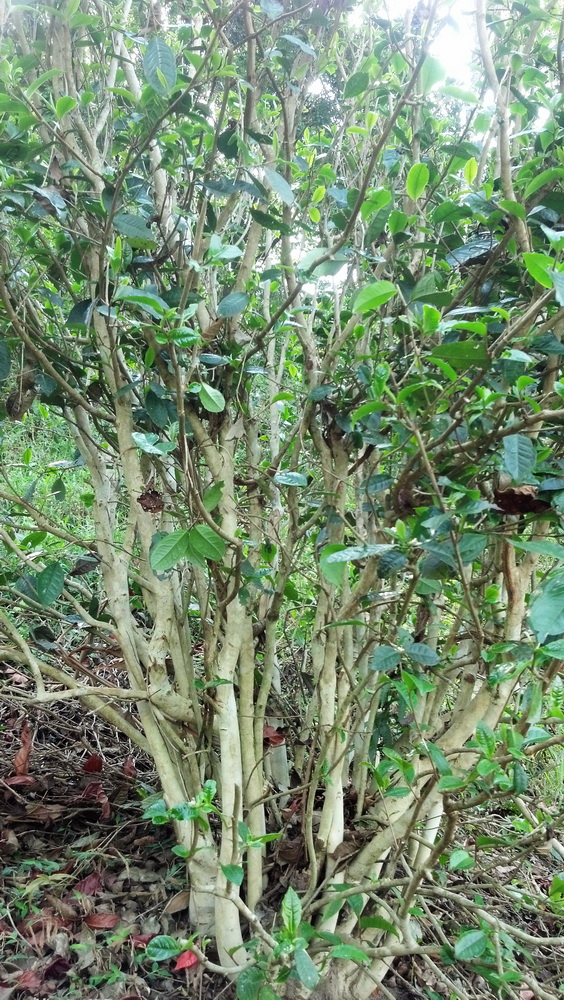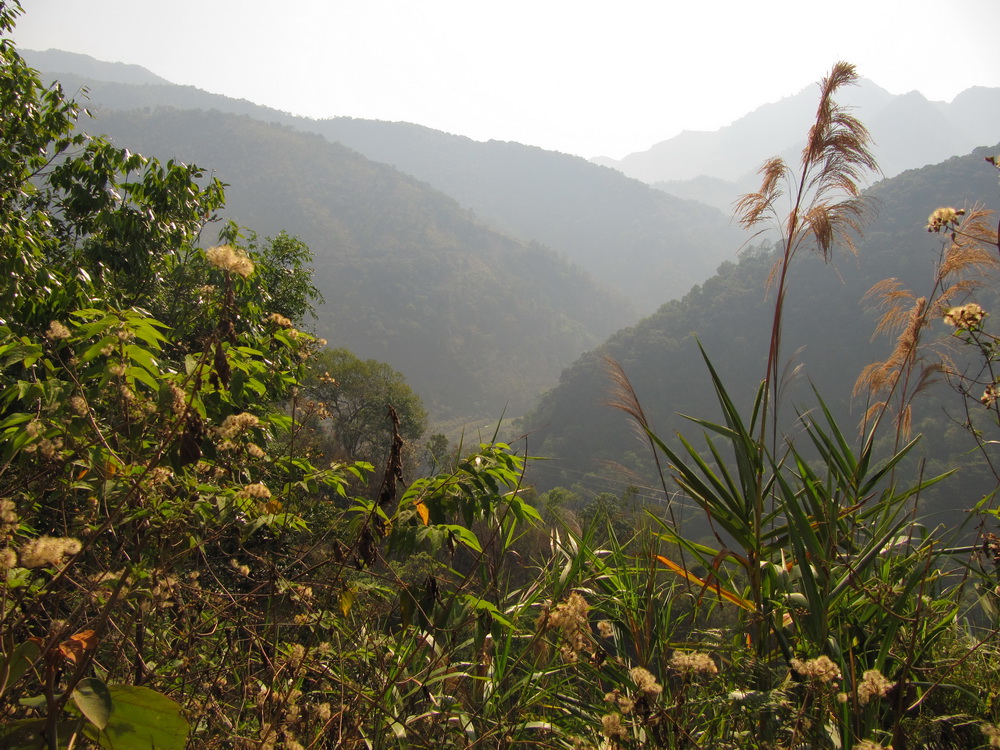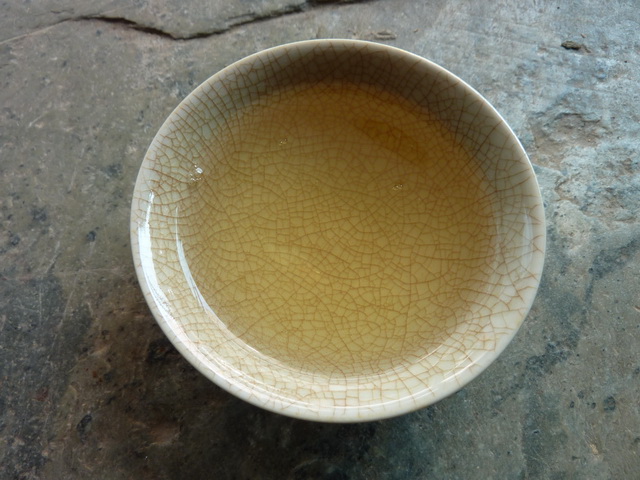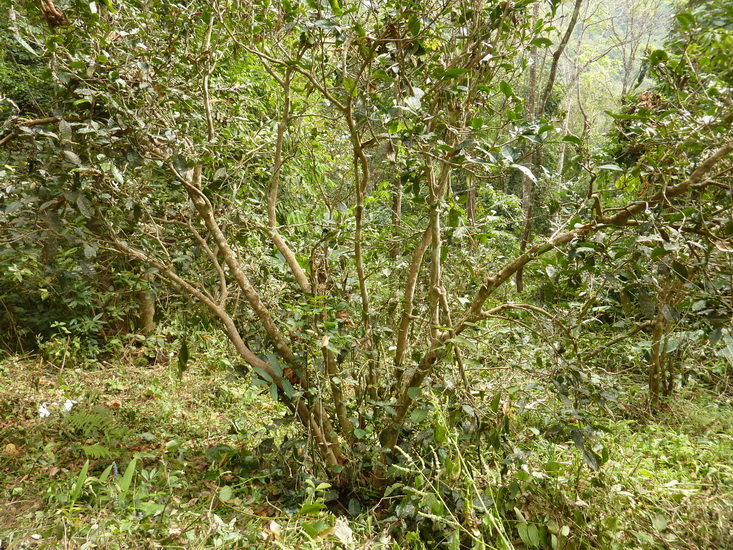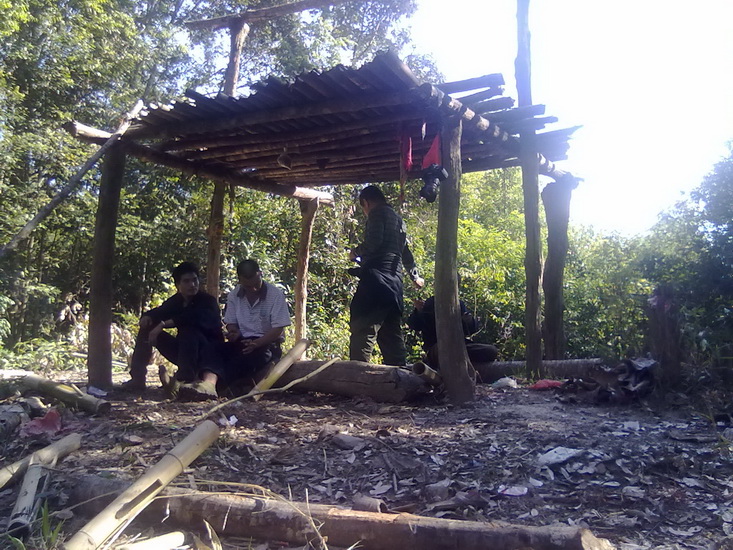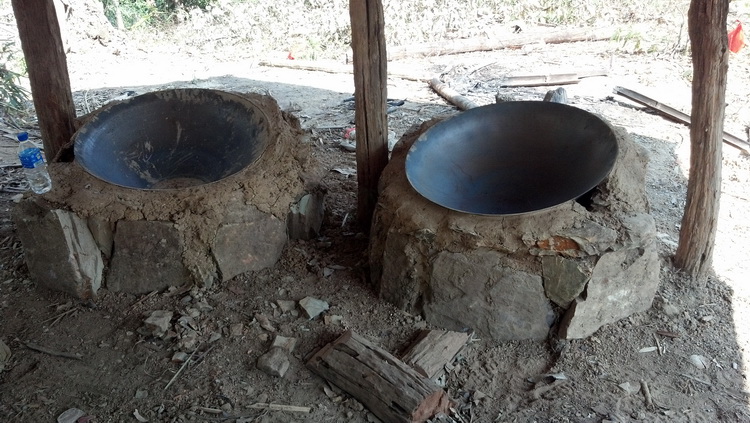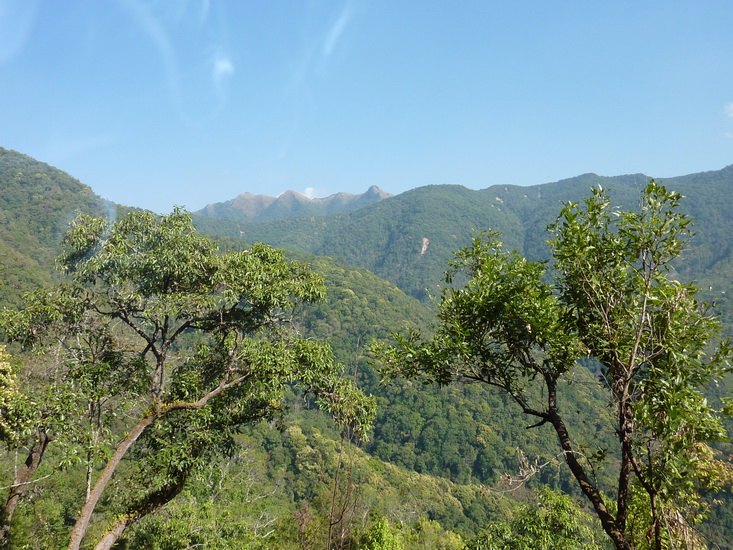Several years ago I received an email from someone expressing some nervousness about buying young Puer tea because they were concerned about how it would age, which is fair enough, but then they said they were concerned they might purchase in error some ‘western boutique puer’. Since then I have been slowly trying to formulate a response.
It got my interest because I had never heard the term. I looked on line and the only reference I came up with was on ‘A Tea Addict’s Journal’ from a few years prior, also questioning the meaning of the term.
Since I’d never seen ’boutique’ being used as an adjective before I was curious and decided to check my Larousse. It’s a bit out of date, so I double-checked on-line to confirm my understanding, which is that in French, ’boutique’ simply means a shop. More often than not, selling expensive clothing and accessories, etc. predominantly aimed at women. Almost by definition small scale, as opposed to ‘les grands magasins‘. In English, the meaning is similar to the French: a small, specialised, and probably expensive, shop.
In French it’s only a noun. There are plenty of other words in French to describe what I guess the adjective ’boutique’ is trying to express in this case in English: chi chi, chic, bijou, mignon, maybe. What the shop sells is not ’boutique’ as in: ‘I bought a boutique little handbag in that shop in the Marais the other day‘.
The idea that something, for which one might create the adjective ’boutique’, would be inferior also doesn’t quite fit since ’boutique’ generally implies the opposite: quality. So it’s not a particularly good choice of word to denote something inferior, or even ‘fashionable’ (if implying that the object in question has a limited shelf-life. But, if we’re being sarcastic, why not?
My french friends, I supposed, could reasonably call their tea shop a ’boutique de thé’, if they wanted to peddle it’s smallness and class.
It’s another of those words like sommelier which has been purloined. Call me old fashioned, but I reckon there’s no such thing as a ‘tea sommelier‘ in French. A sommelier is a wine waiter/ress or wine steward. Nothing more, nothing less. Come to think of it, I’m not even sure what a ‘tea sommelier’s job might be: stocking teas and pairing them with food maybe?
So what, having got all that out of the way, is ‘western boutique Puer’ really referring to? I thought it might have made sense if it was referring to small scale, expensive Puer made for niche markets, or something. The author of the term seemed to think it referred to tea processed in such a way as to make the tea more accessible/appealing to Westerners, (although he seemed unsure exactly how that was done) but in so doing, the tea was somehow rendered unsuitable for ageing,
That’s not a new idea. In Chinese people refer to ‘市场茶/shi chang cha‘. Tea that is made ‘for the market’, i.e. made to be sold and drunk, not to be stored. But I find it hard to imagine that any Western tea makers/merchants would be doing that: intentionally producing tea that was not going to age well. I’m also not sure many people would go out of their way to do that with old or ancient tea tree tea. It doesn’t make much sense, particularly given the current cost of fresh tea leaves. Generally, tea from ancient or old tea gardens is already very drinkable but I guess folks might do it with bush tea. It could well happen unwittingly however.
The other thing I have trouble imagining is that any Chinese Puer producers would go out of their way to make tea specifically for a Western market, given the size of that market compared to the domestic one. But if there is someone somewhere doing that, then what are they doing?
Raw or ‘sheng’ Puer processing looks pretty straight forward: the leaves are picked, maybe spread out in the shade for some time, ‘fried’, rolled and then sun dried. It doesn’t look like rocket science. But within that process there are a whole bunch of factors that can be varied, intentionally or not, to produce different outcomes.
The basic variables are:
| Leaves | Going into the wok most people would agree leaves should not be ‘over-wilted’, say, 2-4 hours tan qing time.* |
| Size | A larger wok is generally better, and maybe thicker. Say 90 -100cm diameter, Set at an angle on the oven for ease of use. Too small a wok means holds heat less well and the amount of tea that can be processed is small, so overall less consistent result.** |
| Amount | The ideal amount of fresh leaves to put into the wok at one time is mostly determined by the size of the wok, but say about 6kg in a 90-100cm wok) † |
| Temperature | The ideal temperature of the wok surface is probably around 250°C in the middle portion of the wok. It will be a little cooler toward the edges, but after firing a couple of woks of tea, it should be quite uniform. Most people will agree that the temperature of the wok needs to be quite high at the outset. The first few minutes is key. What happens after that is of some debate. †† |
| Handling | The method and speed of handling the leaves in the pan is the ‘art’ of firing tea. The leaves must be turned uniformly (relaxed and steady): inside out as well as top to bottom to avoid leaves in the middle being ‘steamed’ without coming into contact with the wok’s surface. Movement controls the speed at which the tea dries out and one must avoid tea leaves drying out before they are ‘cooked’. The leaves must be shaken out intermittently in the pan to help release moisture and help bring out the fragrance but must be done judiciously. (Too much shaking will dry the leaves more quickly).‡ |
| Time | Depending on all of the above the length of frying time might be around 12-20 minutes. |
| Cooling | After the leaves are taken out of the wok they need to cool before rolling. This is generally done by shaking them out onto a bamboo mat or ‘bo ji’ and leaving them to cool after that. The contentious practice of putting the leaves in a heap when they’re still hot is discussed below. |
*Some people say best not to wilt at all. Others will tell you several hours is OK.
** In the last few years there has been a trend for thicker woks. Some folks are now saying that whilst they hold the heat better, they are less responsive to changes in temperature so maybe not ideal. Managing the fire under the wok is as important as master the frying of tea. There is room for a little leeway, but not too much.
† Personal choice is dictated to some extent by physical stature, strength etc. Once the leaves start to loose moisture in the pan they become rather more difficult to handle. This is when it becomes easy to burn them.
†† There are many different opinions about wok temperature but generally speaking, lots of people tend not to like tea that they say has been ‘men chao’d/闷炒 at lower temperature. There is however, in tandem with the handling of the leaves, a fairly broad range of acceptable-ness. In any case, the ultimate aim is to arrest enzyme activity without killing them off completely as it is the enzymes that are going to kickstart the ‘fermentation/oxidation’ process later.
‡ If you’ve seen any of those videos of folks frantically throwing leaves high up into the back of the pan, you know what it doesn’t look like.
There is, what I think most people would agree, a range of acceptable variations in processing factors listed above that are still detectable in a newly made tea, but after it’s been stored for some time are rather harder to perceive. A friend of mine reckons ‘In the first four years, you drink the craftsmanship, after that you drink the tea.’ A clumsy translation, but you get the idea: Initially, various aspects of the tea-making process might be more to the fore, but after say, ten years, they will have receded somewhat, and what you’re left with is the basic quality of the original material. So if it was good, and hasn’t been damaged in the processing or subsequent storage, it should still be good.
The two things that people new to Puer tea might be drawn in by are fragrance and sweetness, and they may have trouble with bitterness and astringency. There are a couple of things folks could be doing to augment the former and reduce the latter during processing. Currently there are three things that people might be doing which are arguably detrimental to the tea, but will help reduce bitterness and astringency and can make Puer tea more fragrant in the short-term.
Wilting. This is an old contention: Some people say that ‘wilting’ was never per-se part of Puer tea processing, but, whatever you call it, or whether you give it a name or not, it’s something that typically has happened (see here, and here). From when the leaves are picked to when they go in the wok, the time, and the way they were handled, can vary considerably.
The length of time is important. It could be anything from an hour to several hours. Everything, including the leaves themselves and the way they are handled during that time , the weather, the altitude, can affect the degree of wilting. There could be times when leaves are wilted more than is desirable because of factors largely outside the producers control, but for sure there are some producers who will deliberately wilt for a longer period with the aim of reducing the astringency and bitterness – generally at the customer’s request. Over the last 10 years or more wilting troughs have become more common. They are not native to Yunnan Puer tea making, but have been used in the production of green tea. They aren’t inherently evil. If leaves are put on a wilting platform rather than on a bamboo mat on the ground, air will pass under the leaves as well as over them so they will lose moisture more quickly. Hence, the time they are left like that should be shorter. Most wilting troughs are equipped with a fan at one end which when turned on will blow air into the tunnel underneath which will then be blown up through the leaves, thus increasing the rate of wilting. Some producers don’t use the fan, some do, some say they only use it with summer tea. So it’s something to watch out for. There’s really no need to use a fan with spring or autumn tea.
Tea that has been ‘over-wilted’ is probably fairly obvious; it can be quite smooth, fragrant and sweet, but in my experience, somehow lacks structure/backbone/body/vitality. It’s good to be vigilant in any situation, particularly where wilting troughs are present, simply because it’s probably easier to exceed an ideal resting time for fresh leaves before frying. If fresh leaves are put on bamboo mats on an earth or concrete floor, they’re not going to loose moisture very quickly, so an hour or two either side of ‘the ideal’ will probably not make too much difference. The supposed aim of the ‘tan qing‘ process is for the moisture content in the leaves to be reduced a little (typically said to be about 10%).
Frying. Frying times can also vary considerably. This again depends on the state of the leaves, the temperature/nature of the wok (material, size, thickness, age, etc.), and the desired outcome. For some years there have been producers who fry tea for longer periods, as much as 35 or 40 minutes, toward the end of the frying the temperature of the wok is reduced and the tea is alternately left in a pile in the wok for a minute maybe and then shaken out. The process is typically repeated several times. Some people will even begin rolling the tea whilst it’s still in the pan, so once it comes out it needs little if any rolling. The stated aim of this is to make sure that leaf stems are properly fried to reduce any redness that may otherwise occur once dry, but it can also elevate the fragrance and reduce astringency. It’s not to everybody’s taste, and I personally don’t like tea like that, even though it initially can seem quite palatable. It’s a style of frying that I was first aware of in the He kai-Ban Zhang area around 2008/2009 which seems to have spread to other areas, albeit on a limited scale. It would certainly make sense that frying for a longer period of time, even at reduced temperatures, is going to be detrimental to the tea, but to what extent and whether it renders it unworthy of drinking five or ten years down the line, I’m not sure.
At the other end of the ‘sha qing’/杀青 spectrum you have the theory that tea should be fried just enough to reduce the moisture content sufficiently (a typical test is to take a leaf and bend the stem. If it doesn’t break, the tea is ‘done’). So it could be as short as 10 or 12 minutes. The idea here is that you preserve as much as possible of the constituents in the leaf on the understanding that the flavour will be more fulsome and the tea will age better. One ‘rule of thumb’ that one hears is that tea should be fried until the first time the fragrance comes out. That is enough. The theory being you want to seal things in, not let them out.
Another contentious element that many people now consider as detrimental is ‘ti xiang’/提香/enhancing the fragrance. This is done by shaking out the leaves more towards the end of the frying, and doing it beyond what is necessary to release moisture. Because of this, the tea dries out rather more than it would ideally. The aim of this step is to increase the fragrance of the tea, but Puer tea is not typically very fragrant when it’s young. It is generally understood that with raw Puer the fragrance will improve as the tea ages, and any attempts in the processing to artificially augment the fragrance are in error because once the tea has dried out to that extent it will not age well.
Some people are rejecting the ‘hand fried’ approach and using a ‘gun tong’/滚筒, a rotating drum fryer with hot air being passed through it. The argument is that the tea can be fried more evenly and more quickly at a higher temperature, producing a tea that is nearer the ideal described above. To do this in a wok takes a lot of skill and effort so is harder to maintain. The downside is that the person doing the frying still needs to be very skilled, as controlling the temperature, speed of rotation and time are all critical and a minor loss of focus could produce a less than optimal tea.
In recent years there have been other trends. One is ‘bao fa’/爆发: frying tea very quickly at a very high temperature, perhaps in an attempt to try and get closer to the ‘gun tong’ experience, but using this method it is very easy to produce tea that has a ‘dou xiang’/豆香, a beany fragrance, more reminiscent of a green tea. Not Puer tea. Folks doing this are sometimes working in teams so that people can rest between ‘fries’ as it is quite physically demanding.
At the other end of the ‘sha qing’ spectrum, there are folks who have been experimenting with low temperature firing with extended frying times.
The other thing that has been around for a while, is that when tea is taken out of the wok it is not immediately shaken out to cool before rolling, but is put in a small pile for some time (and occasionally even covered with cloth or sacking): it seems like times can vary from a few minutes to rather longer. The stated aim of this step is also to make sure the thicker stems are ‘cooked’ and increase fragrance/reduce astringency. This is a technique loosely borrowed from Yellow tea processing though the times may be rather shorter than those used for Yellow tea.
It seems very likely that this will have a deleterious effect on the tea’s ageing potential as the leaves are still at high temperature and are basically going to continue to oxidise/ferment – ‘cook’ if you will – when left in a pile for some time. It may be a question of degree, and a relatively short period of time may have a minimal impact on the tea’s ageing potential. Typical Puer processing, as mentioned above, is for the leaves to be shaken out immediately on leaving the wok to allow them to cool in readiness for rolling.
It is this last technique, [coupled with the practice of ‘ti xiang’ (they are not necessarily used in tandem)] which seems likely to have the most impact on a tea’s ageing potential and conversely, is not always so obvious in a new tea, though the colour of the broth will generally be deeper than one might usually expect.
Of course, there are always folks experimenting and trying to find new ways to tweak old practices. That’s surely not anything new. So there’s always going to be something to watch out for and learn from.
In 2021 it seems like we’ve been through a whole cycle (though it maybe hasn’t finished yet). There are people who were trying various ways of making tea some years back, who are now saying that that tea has not aged as well as they hoped and are again reviewing their methods and returning to what are understood to be ‘traditional’, or slightly modified ‘traditional’ processing techniques.
So what’s the conclusion?
There are certainly things people are doing to try to make young Puer more appealing, particularly to new Puer drinkers and some of that tea will surely end up in the Western market, but it may not all be bad. The factors discussed above are variables that can affect the tea’s quality and ageing potential, but their effects need to be seen as a whole, on a spectrum. We can’t say for sure which of any one of them on it’s own, in whatever degree, will definitely render a tea useless for ageing. Experimenting with the tea making process is also clearly not something new: the sheer variety of types of tea in China alone is testimony to that. Awareness of that fact should be enough to keep the consumer safe from erring too far from the well worn path of conventional Puer processing. Other factors such as the region, the ‘terroir‘, the season, the age of trees, etc. will also impact the ageing potential of any tea, and much as is the case with red wines, it’s not every year, grand cru or not, that produces a wine that’s equally good for ageing. So unless one is sure of what one’s doing, buy in small quantities, drink with awareness. Be skeptical, without being doctrinaire, and be prepared for some regrets: both for what you did and didn’t buy.


